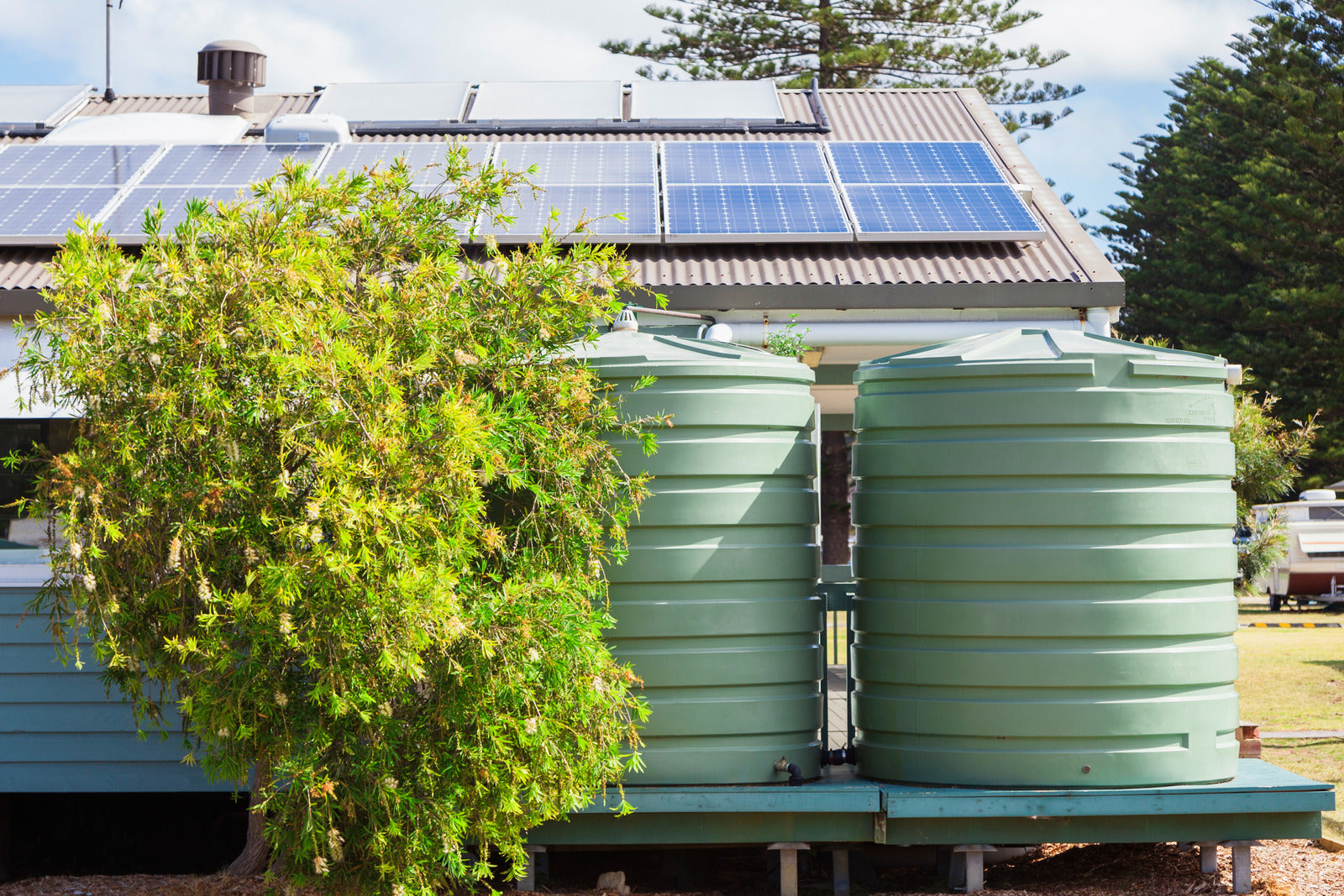Water is a precious resource, especially in survival scenarios where access to clean water may be limited. As a survival gardener, it's crucial to employ effective water conservation strategies to ensure the sustainability of your crops. By implementing techniques like rainwater harvesting, drip irrigation, and mulching, you can optimize water usage, reduce waste, and enhance the overall resilience of your garden. In this article, we will delve into these three key methods for conserving water, providing you with valuable insights on how to make the most of every drop.
Rainwater Harvesting
Rainwater harvesting is a simple yet powerful method that allows you to collect and store rainwater for later use in your survival garden. The process involves directing rainwater from rooftops, gutters, or other surfaces into storage containers such as barrels or tanks. Here are a few key considerations and benefits of rainwater harvesting:
1. Collection System Setup: Position your rainwater collection system strategically, ensuring it's easily accessible and can accommodate large volumes of water. Use mesh filters to prevent debris from entering the storage containers.
2. Water Storage: Choose food-grade containers with secure lids to prevent contamination and evaporation. Consider the capacity needed based on your garden's water requirements and the frequency of rainfall in your area.
3. Effective Usage: Utilize rainwater for essential tasks like watering plants, rinsing vegetables, or even for hygiene purposes during emergencies. Prioritize the efficient distribution of collected rainwater throughout your garden.

Drip Irrigation
Drip irrigation is a targeted and efficient watering technique that minimizes water wastage by delivering water directly to the plant's root zone. This method ensures that plants receive an adequate water supply while reducing evaporation and runoff. Here's how you can incorporate drip irrigation into your survival garden:
1. System Installation: Install a drip irrigation system using drip lines or tubing with emitters that release water directly at the base of plants. Ensure proper water pressure and use timers to control watering duration and frequency.
2. Plant-Specific Watering: Adjust the drip system according to the water requirements of different plants. Consider factors such as plant type, size, and stage of growth to provide optimal irrigation levels.
3. Mulching: Place a layer of organic mulch, such as straw or wood chips, around the plants to retain moisture and prevent weed growth. Mulching not only conserves water but also helps regulate soil temperature and suppresses evaporation.
Mulching
Mulching plays a vital role in water conservation by acting as a protective barrier between the soil and the environment. By using mulch in your survival garden, you can significantly reduce water loss and promote healthy plant growth. Here are some key points to keep in mind:
1. Types of Mulch: Choose organic materials like straw, leaves, grass clippings, or wood chips as they decompose over time, enriching the soil. Avoid using non-organic mulches like plastic, as they can hinder soil aeration and moisture absorption.
2. Application Techniques: Spread a layer of mulch around the base of plants, leaving a small gap around the stem to prevent rot. Ensure a thickness of 2-4 inches for optimal moisture retention and weed suppression.
3. Benefits of Mulching: Mulch acts as a protective barrier against water evaporation, reducing the frequency of irrigation. It also moderates soil temperature, prevents erosion, and improves soil structure and fertility over time.

Take Your Survival Garden to a New Level
Water conservation is a crucial aspect of maintaining a thriving survival garden. By implementing rainwater harvesting, drip irrigation, and mulching techniques, you can effectively manage water resources, enhance plant health, and ensure the long-term sustainability of your garden. Remember, every drop counts in survival scenarios, and utilizing these strategies will not only contribute to your self-sufficiency but also foster a sense of environmental responsibility. Incorporate these water conservation methods into your gardening practices and watch your garden flourish even in challenging conditions.
Next Steps
Ready to get started buying, saving, and storing seeds for survival? We provide a one-stop shopping experience for your survival gardening needs. Browse our survival seeds and kits, and supplies, or purchase our pre-packaged options.











